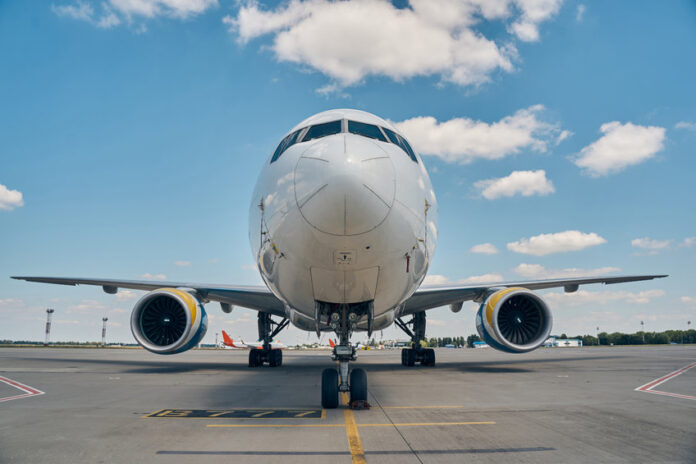The FAA asked AT&T and Verizon to delay their C Band deployments for an additional period of “no more than two weeks”
In December, AT&T and Verizon agreed to pause their C Band plans until early January following warnings issued by the Federal Aviation Administration (FAA) that the 5G spectrum could interfere with aviation safety systems. However, the carriers have rejected a new request made by the FAA Chief Steve Dickson and U.S. Transportation Secretary Pete Buttigieg to delay the rollout further.
Issued late last Friday, the proposal asked AT&T CEO John Stankey and Verizon CEO Hans Vestberg for a commercial deployment delay of “an additional short period of no more than two weeks.” This timeframe, the letter stated, would be used to identify “priority” airports and establish alternate methods of compliance.
Stankey and Vestberg responded two days later in a joint letter, saying that while they will refrain from deploying 5G in exclusion zones around airports for six months, they reject broader limitations on using C-Band spectrum.
According to Stankey and Vestberg, the FAA’s proposal not only represents an “unprecedented and unwarranted circumvention of the due process and checks and balances,” but it is also “an irresponsible abdication of the operating control required to deploy world-class and globally competitive communications networks.”
The FAA is specifically concerned about the possibility that wireless broadband operations could lead to aviation safety equipment malfunction, particularly during low-altitude flight operations.
Subscribe now to get the daily newsletter from RCR Wireless News
But the C Band spectrum is central to Verizon’s and AT&T’s 5G plans. The pair have invested heavily in the C Band spectrum in an effort to keep up with T-Mobile US, which has plenty of mid-band spectrum that doesn’t operate in the C Band and as a result, according to Opensignal, is seeing pretty impressive 5G results.
Further, C Band spectrum is already deployed in 40 countries, a fact being used by the CEO’s — as well as wireless trade group CTIA — as evidence that its deployment in the U.S. is unlikely to cause harmful interference to aviation equipment.
According to the carriers, the exclusion zones that they proposed in the letter, in which they will not deploy C Band around airports, is used currently in France “with slight adaption” to account for “technical differences in how C-band is being deployed.”
“France provides a real-world example of an operating environment where and aviation safety already co-exist,” they wrote. “The laws of physics are the same in the United States and France. If U.S. airlines are permitted to operate flights every day in France, then the same operating conditions should allow them to do so in the United States.”
In a statement on Sunday, the FAA said that it was still reviewing the AT&T and Verizon letter.

